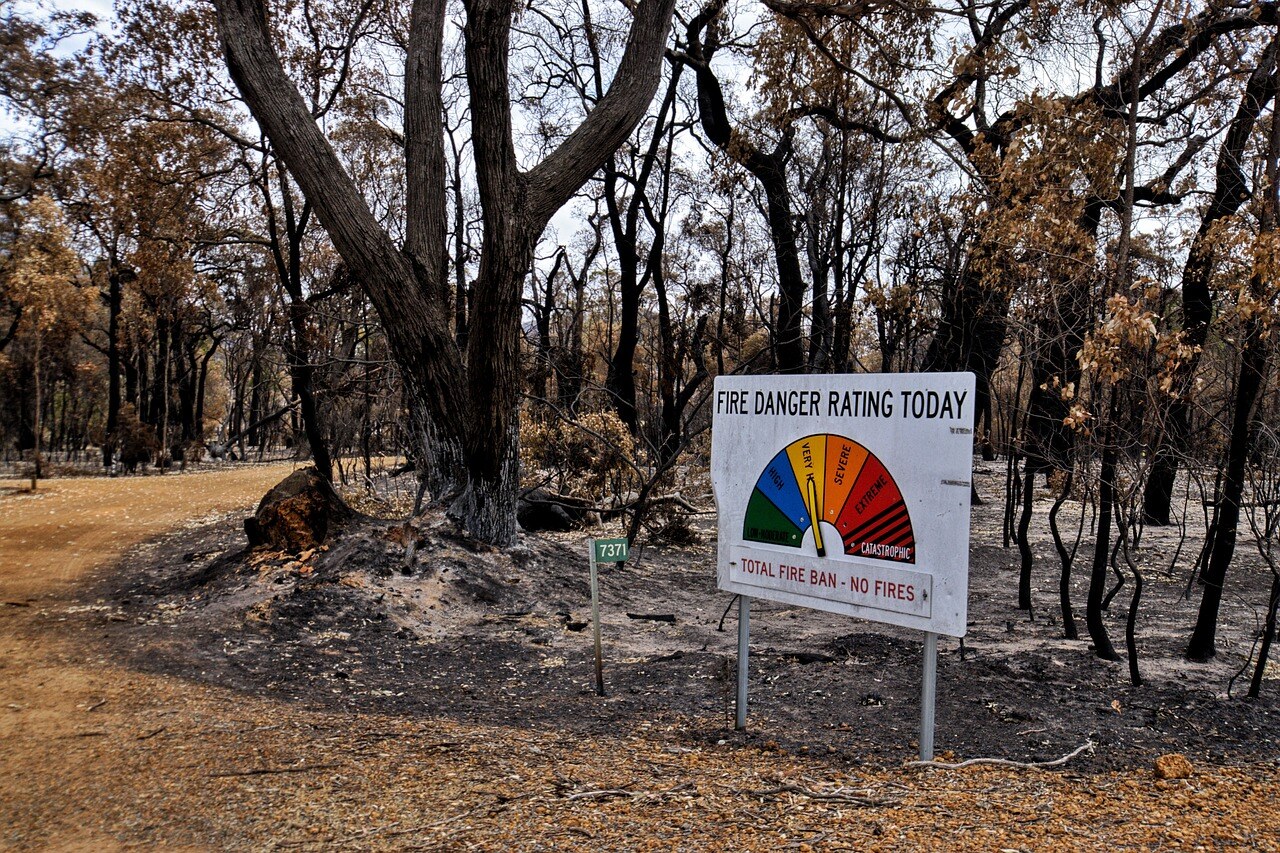NSW councils pilot weather simulation technology for disaster preparedness

As the frequency and intensity of extreme weather events increase due to climate change, councils across NSW are piloting an innovative simulation technology to enhance disaster preparedness for communities.
In partnership with Hunter Joint Organisation, Central NSW Joint Organisation is piloting Simtable technology – interactive digital sand tables designed to enhance data visualisation, and support community education and emergency response.
Supported by the Australian and New South Wales governments through the Disaster Risk Reduction Fund, this pilot program represents a significant stride toward enhancing community resilience in the face of natural disasters.
Central NSW Councils Chair and Mayor of Cabonne Kevin Beatty said the pilot program community workshops are being rolled out across 11 local government areas, targeting community agencies involved in resilience.
"Our communities are increasingly vulnerable to the impacts of climate change, requiring proactive measures to strengthen our disaster preparedness," he said.
"Through these workshops, we aim to pilot new risk reduction technology and innovation, ultimately equipping our communities with the knowledge and resources to mitigate potential risks effectively.”
The Simtable technology is an advanced computer program that transforms existing maps and data into interactive, 3D simulations.
The visual platform provides community members and local decision-makers with a comprehensive understanding of potential risks, enabling informed planning and responses to emergencies such as floods, fires and other natural disasters.
"Simtable technology offers a dynamic approach to disaster preparedness, enabling communities to visualise and comprehend the impacts of various hazards," Beatty said.
"By partnering with Hunter Joint Organisation, leveraging their extensive experience in delivering Simtable sessions in their region, we aim to ensure the successful evaluation of this innovative tool across Central NSW councils.”
Simulating scenarios
Location-based workshops have engaged each Local Emergency Management Committee, allowing participants to explore Simtable technology's use cases and benefits firsthand.
In a recent workshop, mapping and weather data around Mount Canobolas and surrounding areas was simulated as an example for the demonstration of the technology, Beatty said.
“Using the satellite data, the simulation table reproduces the geography with layers of sand. Light is used to project the map down onto the Simtable, recreating the landscape. The sand builds the terrain,” he said.
“It was a bit like building a sandcastle. We created a replica of the mountain and valley with the sand. It got everybody hands-on and involved.”
Beatty said other weather data is introduced, allowing for scenario testing under different conditions.
“From there, temperatures are introduced, as well as wind gusts, including direction. This is about simulating the weather to create an extreme weather scenario,” he said.
“We simulated a bushfire in the valley. The Simtable showcased how quickly or how slowly the fire would move, and in what direction, depending on the precise weather arrangement.
“It was fascinating to see it operating. You can also add details to the Simtable around fuel load, including vegetation, trees and ground cover. All of these variables impact how fast a fire will travel.
Beatty said the pilot workshops are very effective in engaging the community audience to understand how fast these extreme weather events can unfold.
“It was great in demonstrating the necessity of planning ahead for extreme weather,” he said.
Planning ahead
Beatty said the workshops play a fundamental role not only in helping with community awareness, but also in guiding informed decisions on technology-enabled disaster preparedness strategies.
“We have been quite affected by floods within our catchments. And the Simtable can be used to generate flooding scenarios, as well, but it is currently not as accurate as fire. There are a lot more variables involved in hydrology,” he said.
“Hunter JO have agreed to partner with us to share a loan of the technology, so that we can run some pilot programs in our JO.”
Beatty said the partnership is an opportunity to run the program for Rural Fire Service brigades as a training module to show recruits how bushfires behave in the area.
“We also see the technology being useful in terms of how we protect our public assets that may be in harm's way during these extreme weather events. It could be really useful for us in terms of putting plans in place to protect infrastructure,” he said.
"We are committed to encouraging collaboration and innovation in disaster risk reduction. Through this pilot program, we are not only trialling new technologies but also empowering communities to proactively prepare for and mitigate the impacts of natural disasters.”

